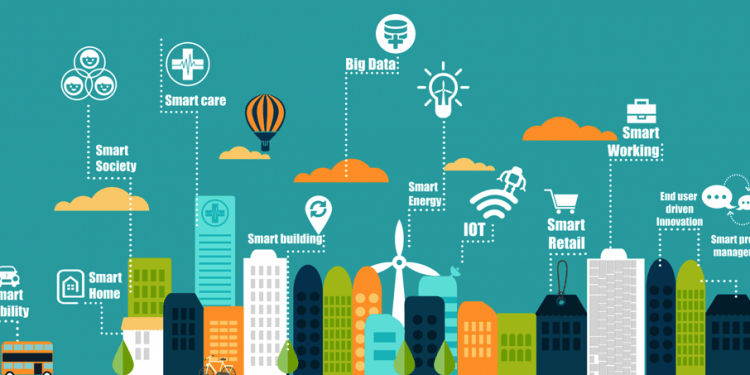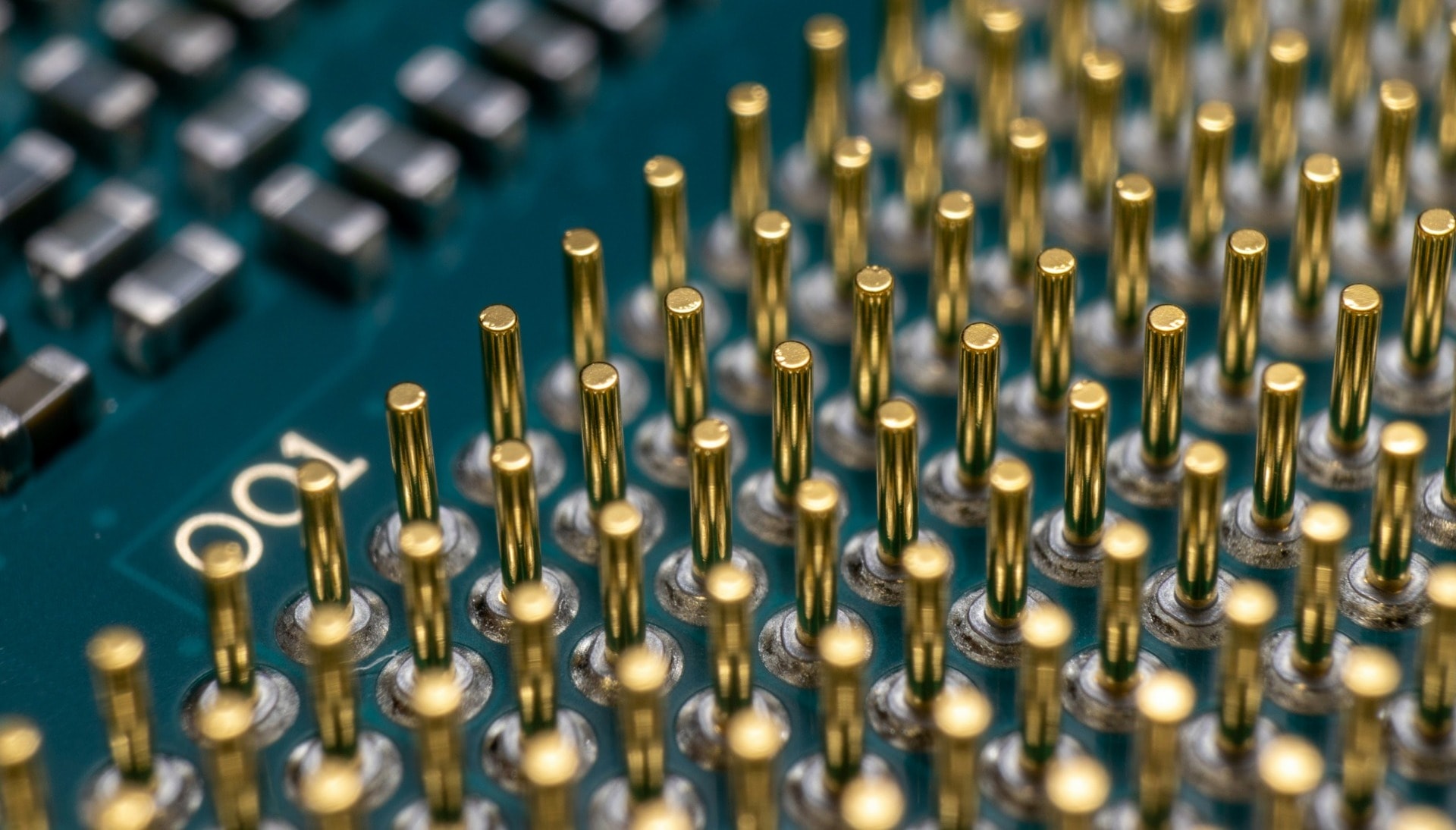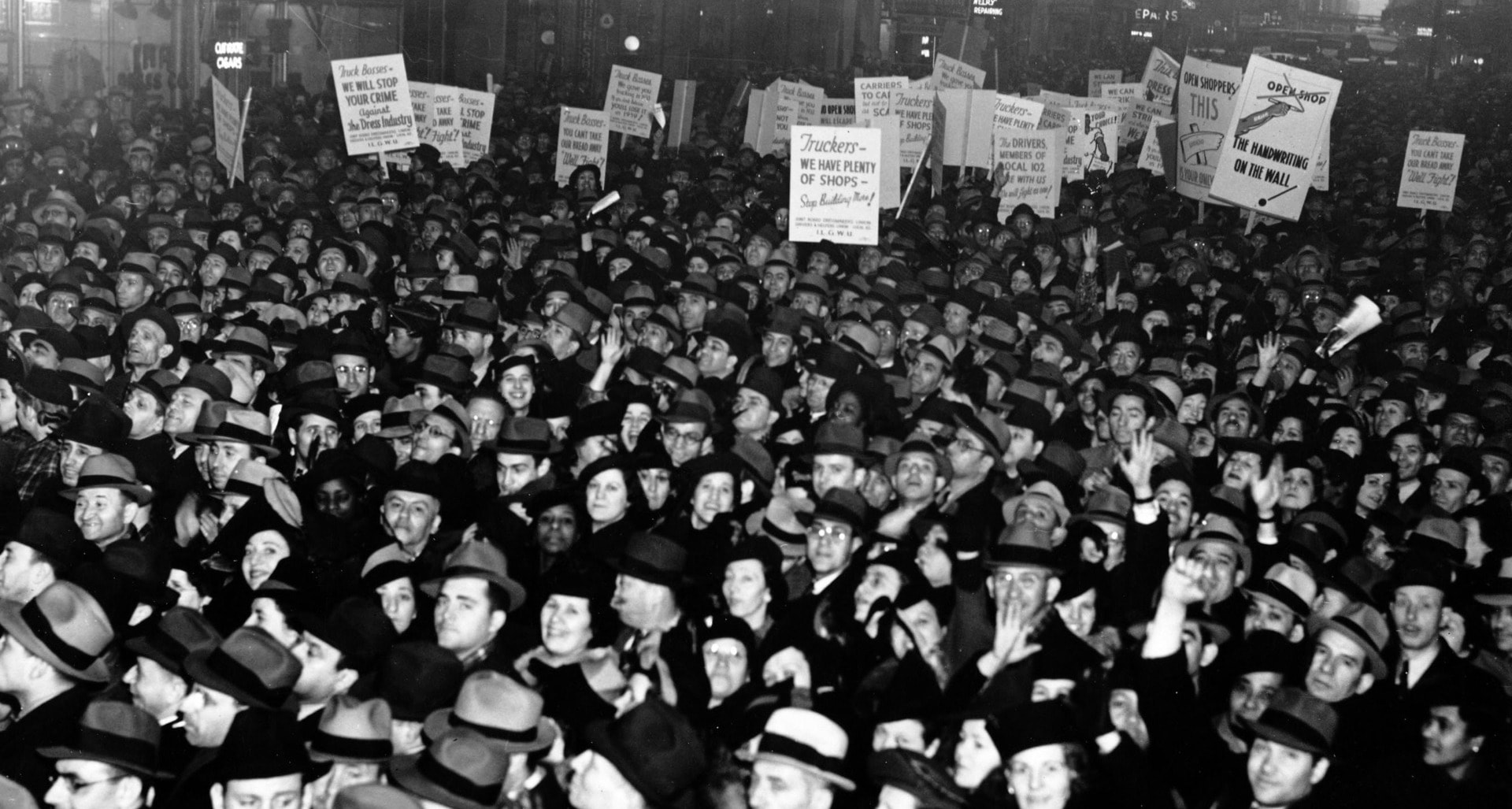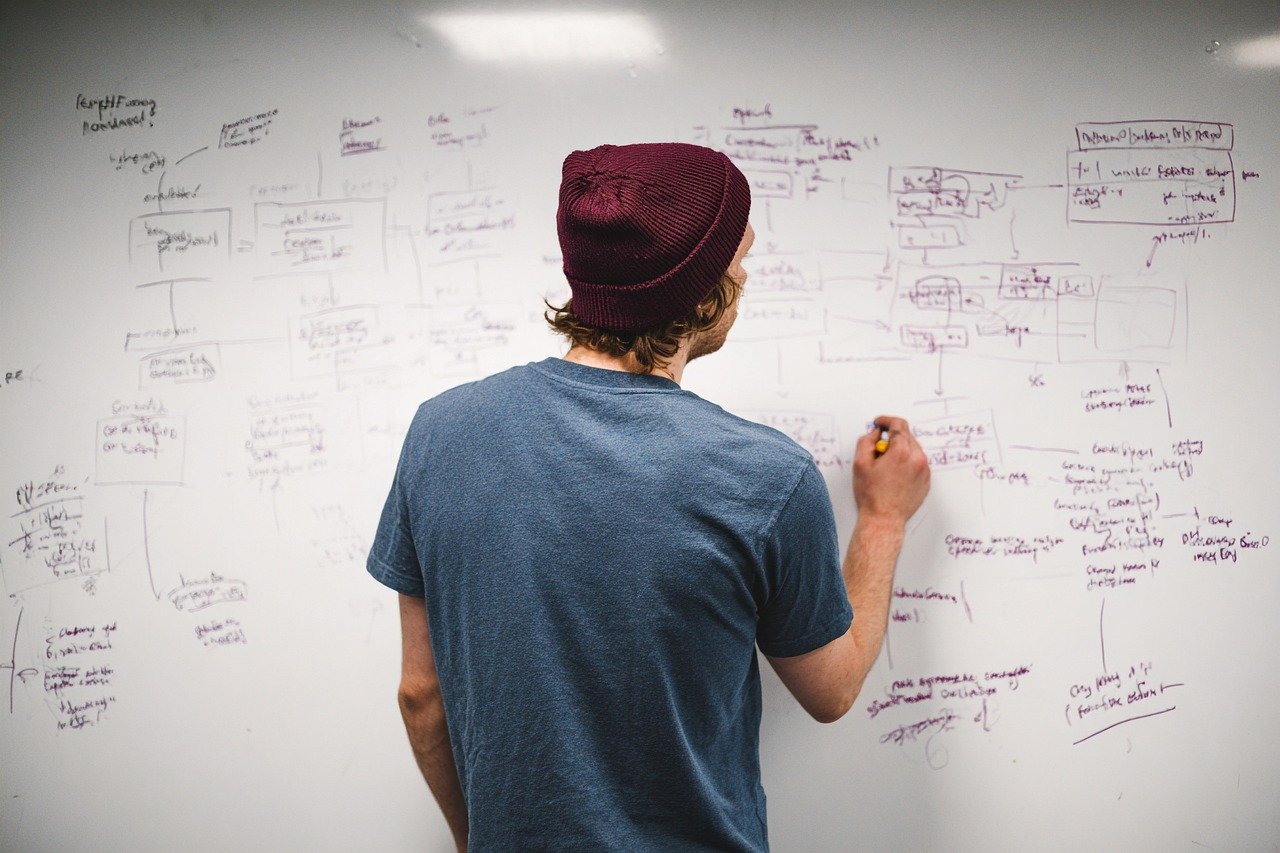“Your building speaks; we listen and provide relevant solutions,” says the team behind BEAD, an artificial intelligence technology company working in the area of building optimization.
According to a report by the World Green Building Council, “[b]uildings and construction together account for 36 percent of global final energy use and 39 percent of energy-related carbon dioxide (CO2) emissions.”
The founders of BEAD saw potential solutions to this in artificial intelligence. Together with their team, they developed intelligent sensor devices that enable buildings to operate autonomously and thus simultaneously save energy, cut costs and reduce carbon emissions.
Hoping to learn more about BEAD and their technology, I reached out to the company co-founder and CEO, Soner Hacıhaliloğlu.
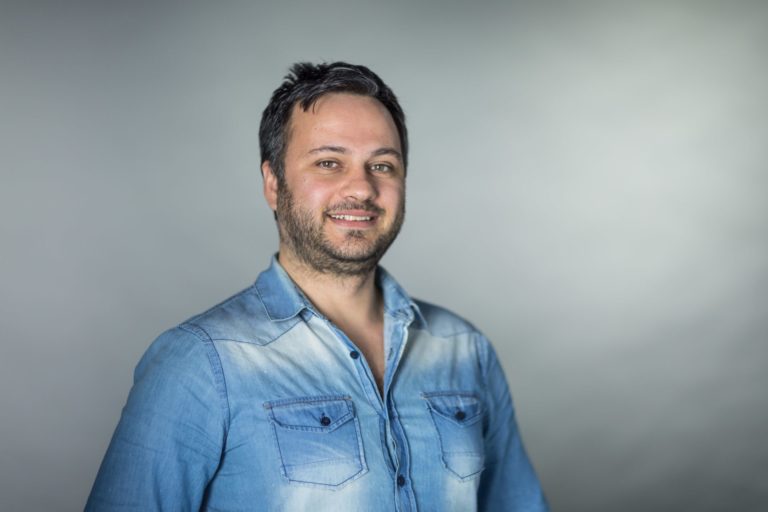
Could you please share with our readers a little bit about your personal background and the story of your company? What inspired you?
Soner Hacıhaliloğlu: We’re focused on making it easy to create not only smarter buildings, but also intelligent systems that can improve themselves and create better living spaces. I have been working in Siemens Building Technologies and, during my professional life, I saw that we are not really connected with the buildings in which we spend 90 percent of our lives.
Those buildings are responsible for our health, for our success at work but also for our environment as we waste over USD 200 billion worth of energy through buildings. We create self-driving cars, we have missions to Mars but we still have humans operating our buildings. That was the starting point of our journey. We wanted to make buildings a part of our daily life and we wanted them to be intelligent rather than just smart.
BEAD offers technical services for proper building optimization. How exactly does your technology do this?
SH: BEAD is an AI-based system that analyzes, optimizes and operates your building’s energy management, marketing strategies and operations by measuring real-time occupancy data.
BEAD sensors conduct a full analysis of human behavior and occupancy trends in a building — both commercial and private — where a lot of personnel are needed, which results in higher operational costs and more time spent.
Next, with the use of BEAD software, occupancy cycles, movements, and density change information can be collected. This information, in turn, helps with developing marketing strategies, optimizing operations and increasing energy efficiency without breaching user comfort.
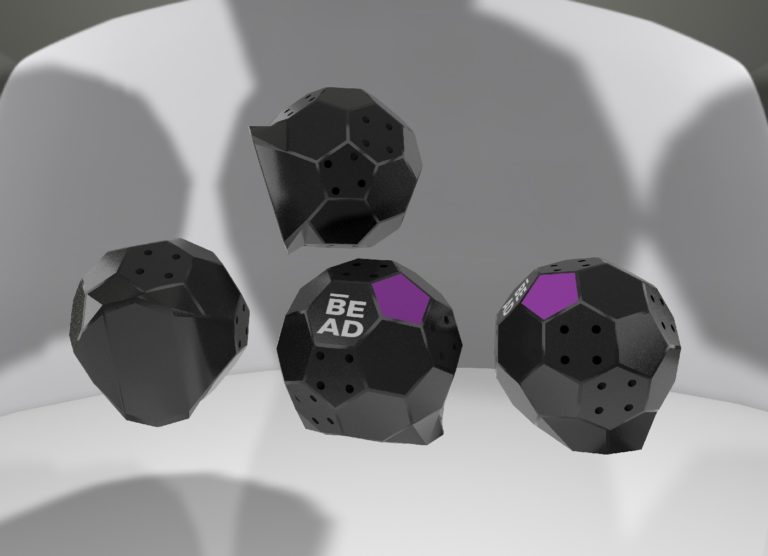
What is the main issue your technology aims to address?
SH: We spent 90 percent of our lives inside buildings. Those buildings are responsible for our health, success at work and our budget. Those buildings need to be a part of our lives.
Imagine a building that speaks to you. Imagine a building that listens to you and thinks about saving you money, a building that knows the weather forecast before you do and prepares itself for you.
We create digital twins of commercial buildings by using real-time data and AI. BEAD is the new IoT technology that brings commercial buildings alive and connects the building with the people that are living in it.
What sets BEAD apart from the competitors?
SH: Our main competitors are software companies that gather data from automation devices and analyze that data. They are mostly companies from the US, like Opower, Enlighted and BuildingIQ.
On the other hand, energy monitoring companies are not our direct competitors as they only monitor and report the consumption without analyzing the data. Our competitive advantage is that we don’t rely on the devices that are installed, we install BEAD in order to have data from multiple points of the building. With its AI, BEAD starts taking over the operations of the building.
BEAD creates real-time data from inside the building which shows us how the people are using the building and how the indoor circumstances are changing during the day. That information is not only used to give reports or monitor the energy consumption, but also to enable BEAD to operate the buildings’ automation systems (HVAC and lighting) with its own AI, so that there’s no need for a human to sit behind a computer and change the set points and schedules the automation system.
Our devices convert regular buildings into humanless-operated, intelligent buildings that don’t need an engineer operating their automation systems.
What kind of impact has BEAD had on the environment so far?
SH: As of January 2019, we have installed over 3,000 BEAD sensors and systems in 100 buildings in five countries. Our customers achieved over 30 percent savings by optimizing both energy consumption and operations. That makes total savings of USD 1,5 million in 12 months. In addition, our customers reduce their buildings’ carbon emissions by 35 percent, which accounts for a reduction in carbon emissions of over 600,000 tons.
You’ve had quite a few successful projects already, from banks and supermarkets to fitness centers and office buildings. Could you tell us more about one of these projects? At what point have you seen a return on investment and how much energy has been saved?
SH: Our initial project, which was done in cooperation with the biggest fitness chain in Turkey, addressed our client’s problems with steadily increasing and unpredictable energy costs at their 40 locations. We started with analyzing one of their locations in Istanbul, which used to spend 22,000 euros per month on energy costs.
The problem was that, at that location, the automation system and the building were basically disconnected from each other, which is a common pattern throughout most locations we have assessed. The automation system was installed with a proxy of maximum assumption of occupancy and no intelligence to adapt. Thus, it catered for service levels assumed to be necessary for 1,000 people coming to the location during the day, as opposed to 200–350 people that were coming in real life.
Related Articles — Editor’s Picks
![]() “Sustainable New Age: Catalytic Buildings”
“Sustainable New Age: Catalytic Buildings”

“Sustainable Energy Can Power A Health Revolution”
BEAD identified the following patterns and allowed buildings to dynamically react to them:
1. The location was only occupied after 10.00 a.m. Our dynamic adaptation to real-time occupancy saved the location close to 10 percent in energy costs.
2. The system registered energy consumption during nighttime due to cleaning and maintenance patterns. Our dynamic adaptation to reflect actual usage times saved the location further energy cost.
3. The location featured windows at the roof, getting daylight for significant periods at any given day. Adjusting other lighting to reflect the natural daylight use, we changed the real-time scheduling to the lighting system — yielding a further 8 percent reduction in energy costs.
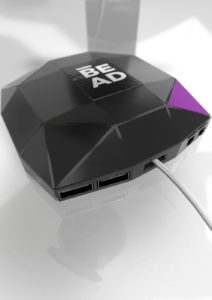
By using BEAD’s technology, the total energy cost savings for our customer at this location were more than 20 percent, effective immediately. We achieved these savings by simply analyzing and connecting the buildings’ different energy uses with the people living inside on a real-time basis.
What would you say are the greatest challenges your company is facing?
SH: The building technology market hasn’t changed much over the past 30 years. Only recently has it started to change very fast. Building automation or HVAC technologies are now in the need of adapting themselves to be more adaptive and to work autonomously. That makes people scared, especially engineers, facility or operation managers, while the engagement levels from those people are very slow. But the day will come when AI and machine learning systems will help them to achieve more with fewer efforts.
Where do you see BEAD in five years?
SH: We are now producing 125 bytes per minute per BEAD, 200 Kb per day or 6 Mb of data per month per BEAD.
That data shows us how we use commercial buildings, how the occupancy changes during the day inside the building and how the density ratios are in certain places of the city or on the streets; it shows us cooling and heating usage trends, indoor comfort levels, how we light the buildings and how we consume energy during the day in commercial buildings.
BEAD creates data which was not there before. That data is created from inside the buildings without interfering with the privacy of the people. That data shows us how the real day-cycle of the building changes during the day according to human behavior.
We want BEAD to be an AI technology that will be integrated to smart cities and smart building technologies to make them intelligent.


